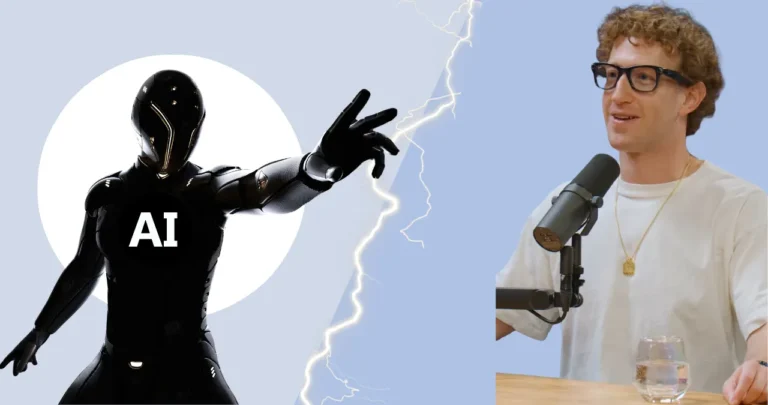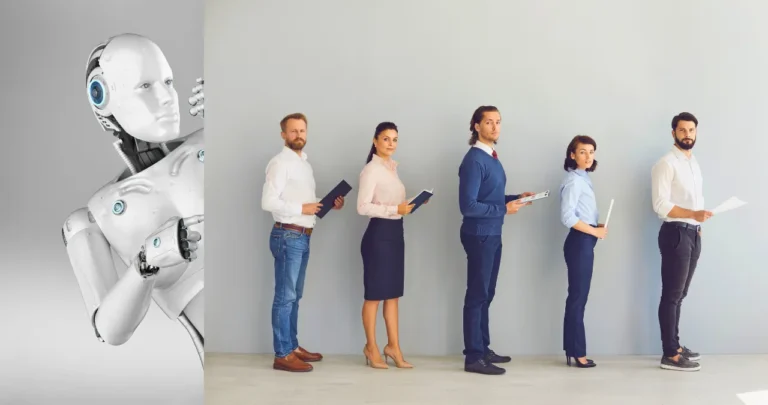In the vast, ever-scrolling landscape of the internet, few things capture our collective attention like cats. From the early days of Grumpy Cat memes to viral clips of felines knocking things off tables, cats have long reigned supreme as online royalty. But in 2025, a new twist has emerged: AI generated cat videos that unfold like bizarre, condensed soap operas.
These aren’t your typical cute kitten antics. Instead, imagine anthropomorphic cats—complete with human-like bodies, dramatic expressions, and veiny muscles—navigating tales of betrayal, revenge, heartbreak, and redemption, all set to meowed versions of Billie Eilish’s “What Was I Made For?” from the Barbie soundtrack. These videos are short, often under 30 seconds, but they’re packed with emotional punches that leave viewers hooked, disturbed, and sometimes even in tears.
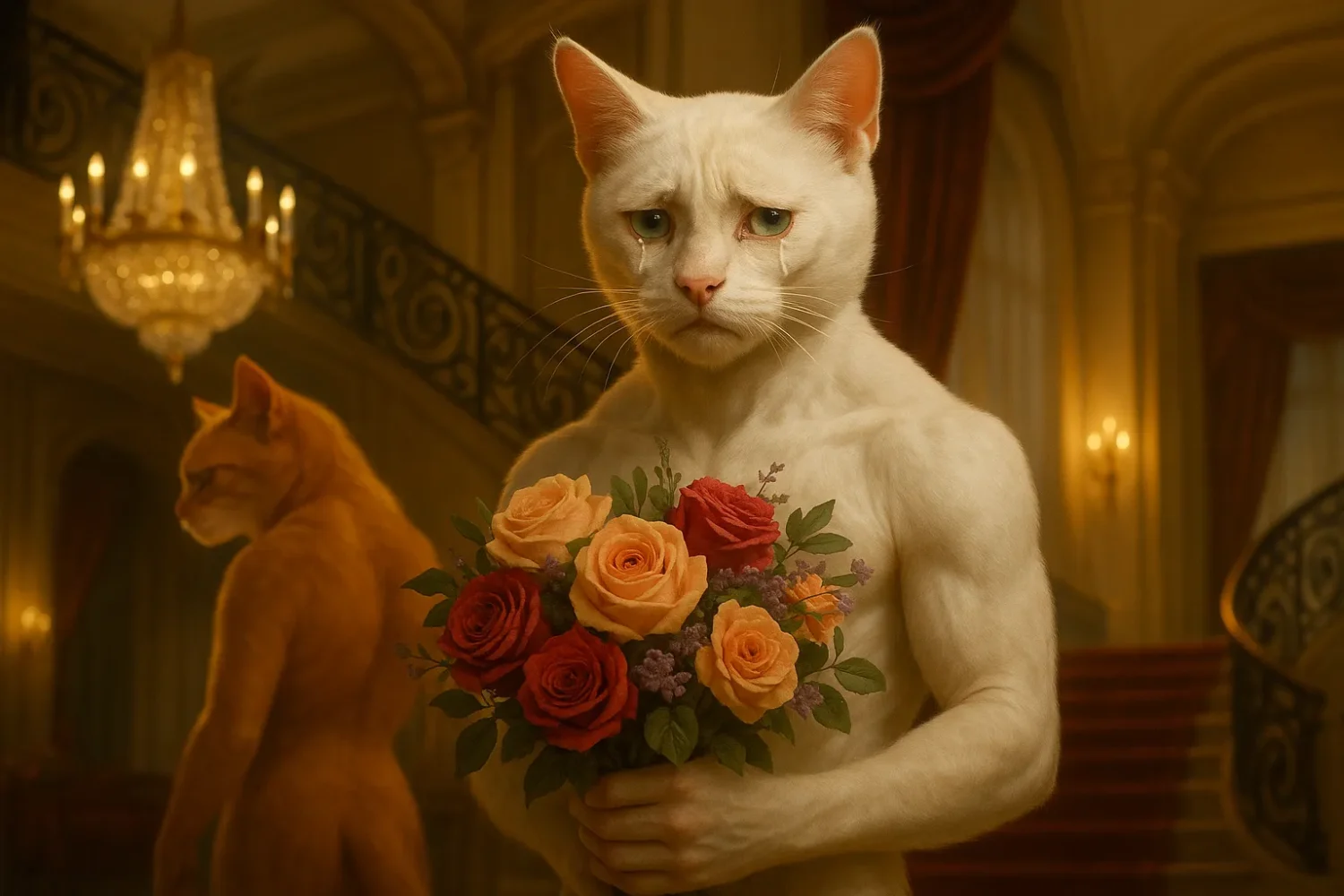
What started as a niche experiment has exploded into a cultural phenomenon, racking up millions of views across TikTok, YouTube, and Instagram. They’re dubbed “AI slop” by critics for their surreal, low-effort vibe, yet they’re undeniably addictive. As one viewer put it on social media, “I am once again crying over an AI video of an anthropomorphic cat family.” Why are these weird feline dramas taking over? Let’s dive in.
What Are These AI Cat Soap Operas?
At their core, these videos blend the timeless appeal of cats with the melodrama of daytime TV. Picture this: A cat named Mr. Whiskers, dressed in a red flannelette shirt, accidentally severs his paw while sawing wood at work. He’s fired due to a “two arms required” policy, divorced by his wife, and then narrowly escapes an axe-wielding ex who slips into a puddle in humiliation. All this unfolds in a whirlwind 30 seconds, soundtracked by cats meowing Eilish’s Oscar-winning ballad.
Other common tropes include cheating spouses, revenge plots, and rags-to-riches stories. In one viral clip, a bullied ginger cat overcomes mockery from a white cat and her rich dog boyfriend by toiling as a construction worker and window cleaner, eventually striking it rich. Another features Luigi Meowgione scaling a corporate building to hack an “evil Corp Insurance” system after his grandmother’s health crisis. These narratives often incorporate historical or fantastical elements, like a cat picking cotton in the antebellum South or pounding a shark to death to rescue a baby.
The videos’ uncanny valley aesthetic—cats with human physiques swaggering on two legs, living in mansions, driving convertibles—adds to their disturbing charm. They’re like 30-second cautionary tales about affluence, scandal, and forgiveness, evoking everything from Shakespeare to biblical parables. As Jessica Maddox, a professor at the University of Alabama and author of The Internet Is for Cats: How Animal Images Shape Our Digital Lives, notes, cats’ malleability in digital culture allows them to embody whatever emotions or stories we project onto them.
But it’s the emotional rollercoaster that keeps people watching. Viewers report tearing up over the tragedies, with comments in multiple languages expressing heartbreak or hilarity. This blend of absurdity and pathos has turned them into must-watch content.
How They’re Made: Tools and Techniques
Creating these feline fantasies doesn’t require a Hollywood budget—just AI tools that have democratized video production. Popular platforms like OpenAI’s Sora, RunwayML, Pika Labs, Luma, and Midjourney allow users to generate videos from text prompts or images. For instance, a prompt like “anthropomorphic cat in a soap opera breakup scene, dramatic lighting, meow soundtrack” can produce a clip in minutes.
Creators often start with AI image generators such as DALL-E or ElevenLabs for visuals and audio, then stitch them into short videos. In China, where pet dramas are booming, tools like these help produce clips featuring cats in human situations, earning creators like Ansheng up to 20,000 yuan (about $3,000) monthly. French finance worker Charles, behind the @mpminds TikTok account, began in January 2024 by remixing existing AI cat images into stories about “Chubby” and “Chubby Jr.,” using Midjourney for rapid production.
The process is straightforward: Input a script or prompt, add a soundtrack (often AI-meowed pop covers), and let the algorithm handle the animation. This accessibility has spawned a cottage industry, with creators selling courses on monetizing AI content. However, the ease also raises concerns about “AI slop”—mass-produced, low-quality surrealism flooding platforms.
The Rise in Popularity: Stats and Figures
The rise of AI cat videos isn’t just a rumor; the numbers tell a strong story. In China, one AI-generated pet drama clip got almost 150 million views, which helped the person who made it get more than a million followers in less than two months. AI-generated videos now make up 40% of the content on major social media sites around the world. The market is expected to grow at a compound annual growth rate (CAGR) of 35%, reaching $14.8 billion by 2030.
On TikTok, accounts like @mpminds have videos hitting 50 million views, while a meta-video of a toddler crying over AI cat stories garnered 173 million views and a repost from Billie Eilish herself. YouTube reports that nearly one in 10 of its fastest-growing channels features bizarre AI content, including cat soap operas. AI video tools have slashed production time by over half for 62% of marketers, fueling this boom.
To visualize the growth, consider this bar chart showing the projected expansion of the AI-generated videos market:
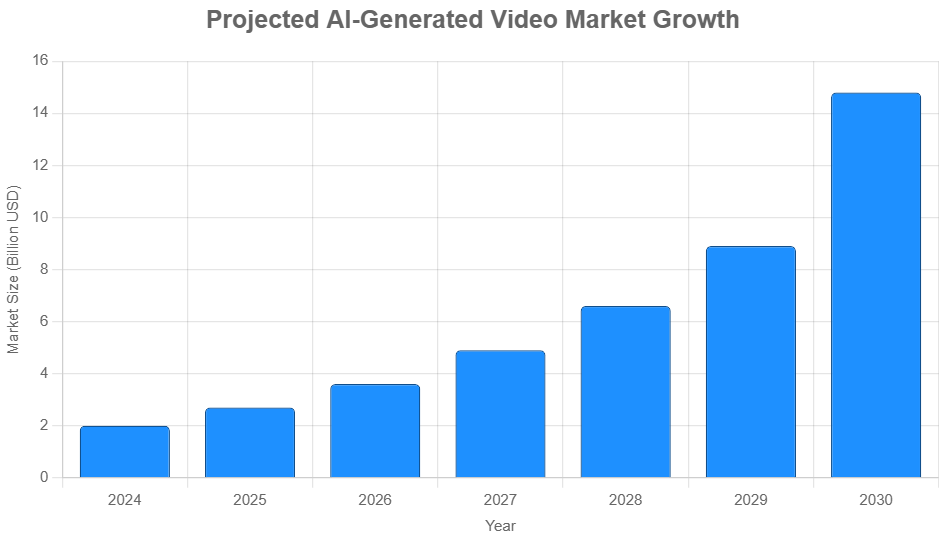
This explosive growth reflects broader AI adoption: As of 2025, 97 million people work in AI-related jobs, and 83% of companies prioritize AI in their plans.
Notable Examples and Creators
Creators like @LaurenSieckmann on X highlight these as “short, wholesome AI-generated videos for cat lovers.” On the dramatic side, Chubby videos blend tragedy with peculiarity, eliciting emotional responses.
Another X user, @alliharvard, shared: “I am once again crying over an AI video of an anthropomorphic cat family. They always get divorced and the dad cat always gets hit by a car.”
These examples showcase the range: from uplifting bakery tales to dark divorce dramas, all amplified by social shares.
Cultural Impact and Controversies
Beyond entertainment, these videos blur lines between spam and art. Experts like Renée DiResta from Stanford argue AI exploits algorithms prioritizing engagement, leading to viral “slop.” Yet, creators like Charles see them as creative expressions, noting tragic endings boost compassion and views.
Critics worry about quality dilution on platforms, with YouTube flooded by undead football stars and space-trapped babies alongside cat operas. There’s also the “uncanny” factor—videos can feel nauseatingly quick and disturbing, raising questions about AI’s role in content creation.
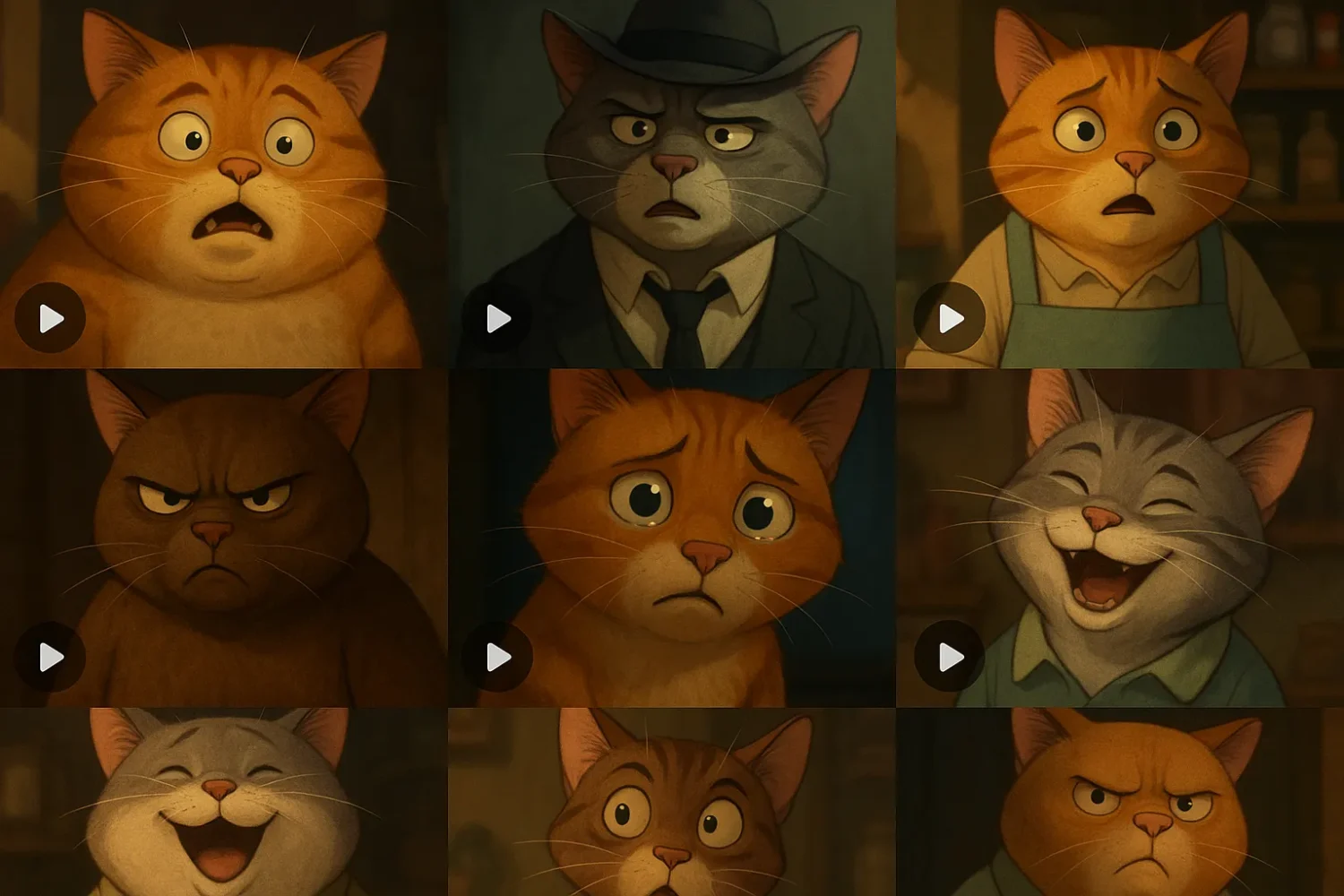
Positively, they’ve fostered communities, with fans remixing culture in new ways. As Maddox puts it, cats remain central to digital life because we make them mean what we want.
The Future of AI Generated Cat Videos
Looking ahead, with AI tools advancing (think Sora’s realistic clips), these soap operas could evolve into longer formats or interactive stories. The market’s 5-6x growth by 2030 suggests more integration in marketing, where AI videos boost conversions by 40%. But regulation and pushback against slop may shape their trajectory.
Ultimately, they reflect our love for cats amplified by technology—quirky, emotional, and endlessly shareable.
In a world craving quick hits of escapism, AI cat soap operas deliver just that. Whether you’re laughing, crying, or scrolling for more, they’re proof the internet’s feline obsession is far from over.
Related Story : PixVerse’s AI Cat Effect Goes Viral on TikTok and Twitter: Here’s Why Everyone Loves It
Related Story : How to Make Money with AI-Generated Weird and Funny Pictures

